Ancho Chili Powder vs Ancho Chili Pepper: Which One Should You Reach For?
If you're deep into the world of spices or just beginning your journey through the vibrant landscape of Mexican cuisine, you've likely encountered the terms 'ancho chili powder' and 'ancho chili pepper.' But what exactly is the difference between them? More importantly, when should you use one over the other?
This article breaks down everything you need to know about these two essential ingredients — from flavor profiles to culinary uses, storage tips, and how they perform in real-world recipes.
Table of Contents
- What Is Ancho Chili?
- Ancho Chili Pepper vs Ancho Chili Powder: Key Differences
- Flavor Profiles Compared
- How to Cook With Each
- Buying Guide: Choosing the Right Form
- Storage Tips for Longevity
- Recipes That Shine with Ancho
- Final Thoughts: Which One Wins?
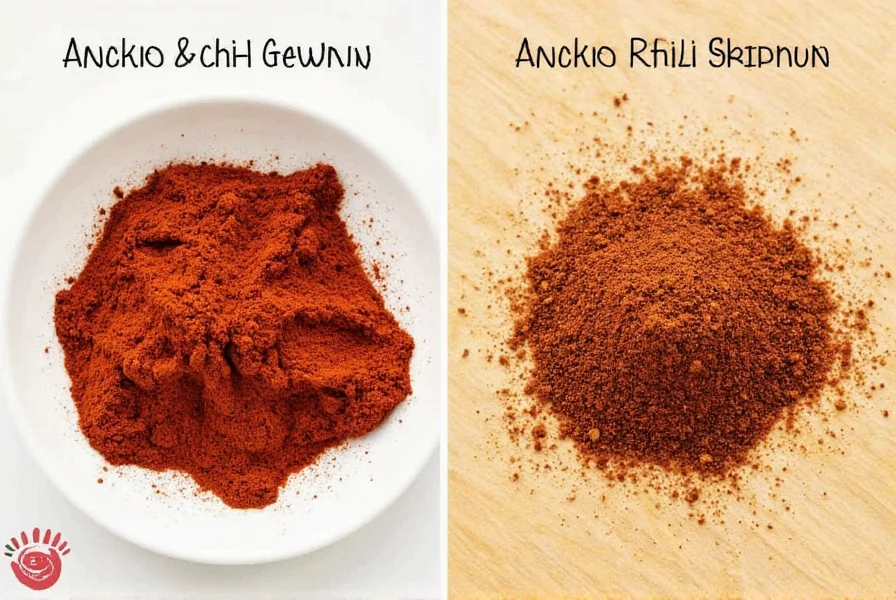
What Is Ancho Chili?
The ancho chili is a dried poblano pepper. Known for its rich, slightly sweet flavor with mild heat (usually around 1,000–2,000 Scoville Heat Units), it’s a staple in many traditional Mexican dishes like moles, enchiladas, and salsas.
Depending on how it's processed, you'll find it in two main forms: as whole dried peppers or ground into powder. Let's explore both forms in detail.
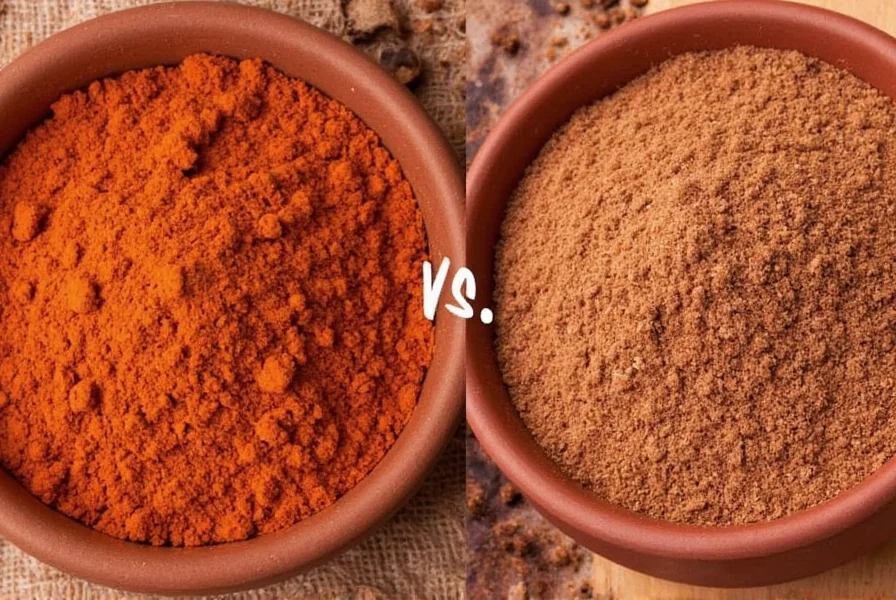
Ancho Chili Pepper vs Ancho Chili Powder: Key Differences
| Feature | Ancho Chili Pepper (Whole) | Ancho Chili Powder |
|---|---|---|
| Form | Dried whole pepper | Ground spice |
| Preparation Required | Rehydrating, roasting, blending | Ready to use |
| Texture Impact | Adds body to sauces | No texture change |
| Shelf Life | 6–12 months | Up to 3 years |
| Flavor Intensity | More nuanced and complex | Milder and more diffused |
Flavor Profiles Compared
The magic of ancho chilies lies in their flavor complexity — think dark chocolate, dried fruit, coffee, and subtle earthiness. But the way this flavor translates depends on the form you choose:
- Whole Ancho Chili Pepper: Offers a deeper, richer flavor when rehydrated and blended. Ideal for sauces where depth matters.
- Ancho Chili Powder: Provides convenience and consistency. It brings warmth and background spice without overwhelming a dish.
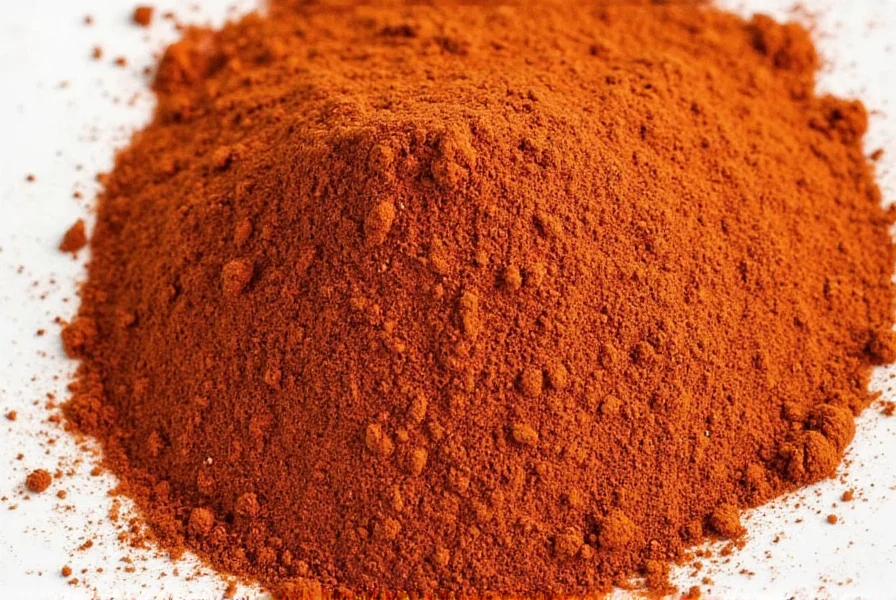
How to Cook With Each
Cooking with anchos can be a game-changer — but knowing when to use each form makes all the difference.
Using Whole Ancho Chili Peppers
- Rehydrate First: Soak in hot water for 20–30 minutes until soft.
- Make Mole: Blend soaked peppers with nuts, seeds, and spices for a rich sauce base.
- Stuff or Stuff Again: Use in stuffed pepper recipes or add to soups and stews for flavor layers.
Using Ancho Chili Powder
- Spice Rubs: Mix with cumin, garlic, and paprika for grilled meats or roasted vegetables.
- Tomato-Based Sauces: Add depth to chili, spaghetti sauce, or enchilada sauce.
- Baking Surprise: A pinch adds warmth to brownies or spiced cookies!

Buying Guide: Choosing the Right Form
Whether you’re shopping at a local market or ordering online, here are some key tips to help you pick the best ancho chili product:
For Whole Ancho Chili Peppers
- Look for: Deep reddish-brown color, pliable texture, intact stems.
- Avoid: Peppers that are brittle, overly dry, or have visible mold.
- Brands to Try: La Costeña, Goya, MexGrocer Organic Dried Poblanos
For Ancho Chili Powder
- Look for: Fresh packaging, bold color, strong aroma.
- Avoid: Powders that smell stale or look faded.
- Top Brands: McCormick Ground Ancho Chili, Badia, Spice Islands, Simply Organic
Who Should Buy What?
- Home cooks & beginners: Go for ancho chili powder for ease and versatility.
- Pro chefs & spice enthusiasts: Opt for whole dried anchos to unlock complex flavor layers.
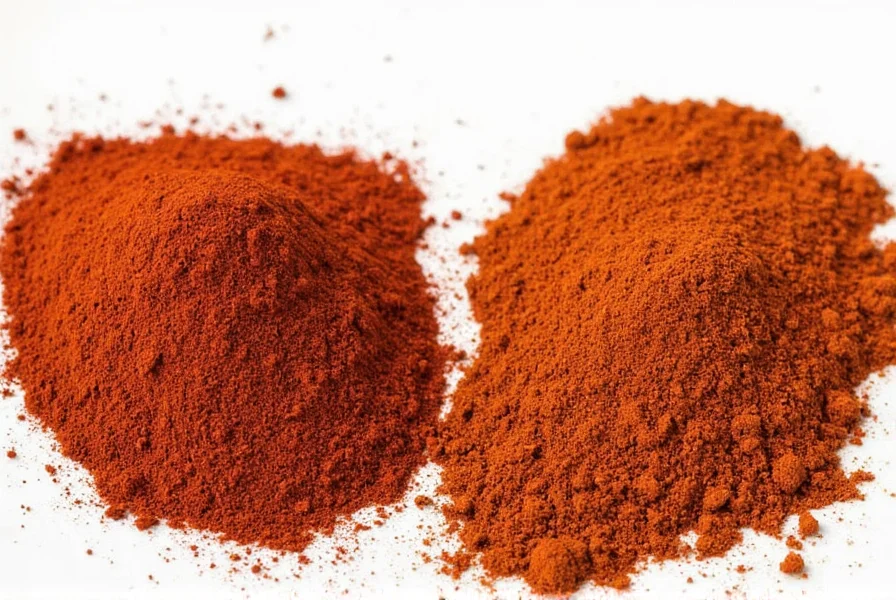
Storage Tips for Longevity
To keep your ancho chilies tasting fresh, proper storage is key:
- Whole Peppers: Store in an airtight container in a cool, dark place for up to 12 months.
- Powder: Keep tightly sealed in a pantry or fridge; lasts up to 3 years.
- Freezing Option: Whole anchos can be frozen in a ziplock bag for extended shelf life.
Recipes That Shine with Ancho
Now that you know the differences, let’s dive into some recipe ideas that highlight each form:
Whole Ancho Recipes
- Mole Poblano
- Red Chile Enchilada Sauce (from scratch)
- Stuffed Ancho Peppers with Goat Cheese
Ancho Chili Powder Recipes
- Smoky Black Bean Chili
- Taco Seasoning
- Spiced Chocolate Brownies
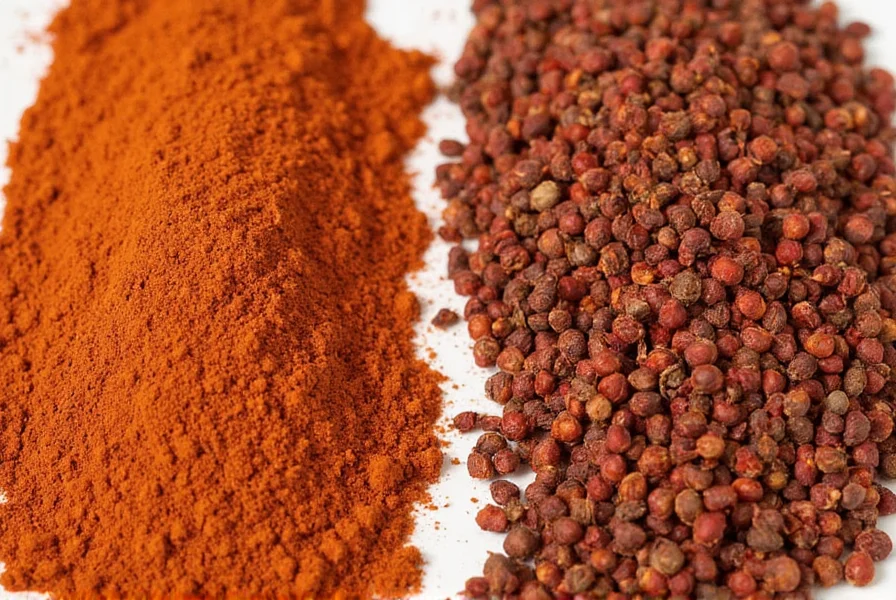
Final Thoughts: Which One Wins?
In the battle of ancho chili powder vs ancho chili pepper, there’s no clear winner — just different tools for different jobs.
- Choose whole peppers if you want authentic flavor depth and don’t mind a little prep work.
- Go for the powder when convenience is king and you still want that signature ancho warmth.
Keep both in your kitchen and you’ll never run out of ways to spice up your cooking!
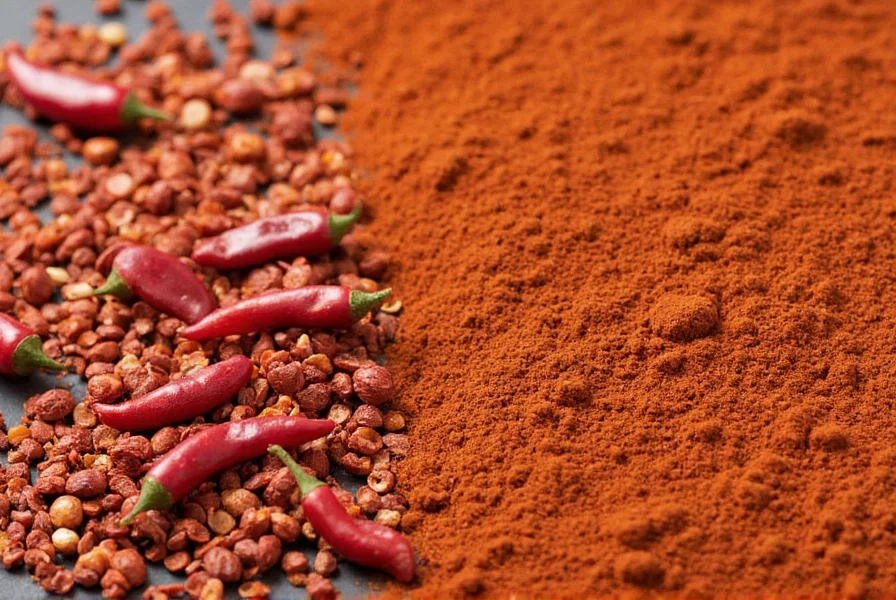

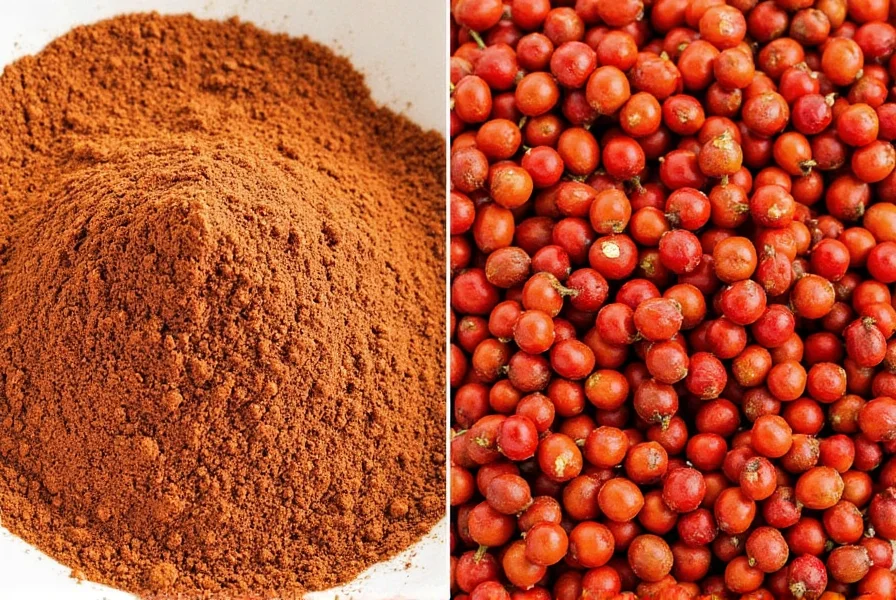









 浙公网安备
33010002000092号
浙公网安备
33010002000092号 浙B2-20120091-4
浙B2-20120091-4